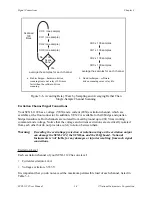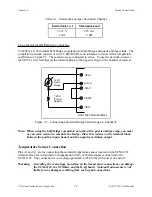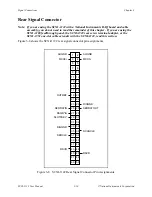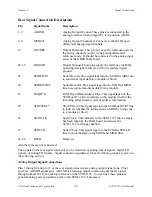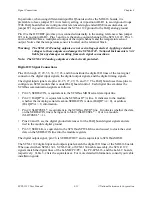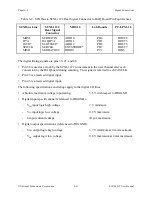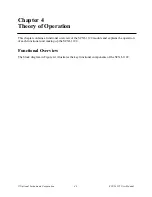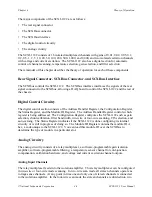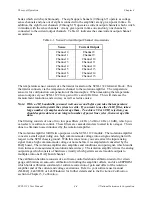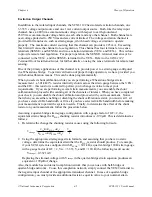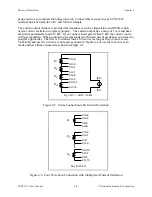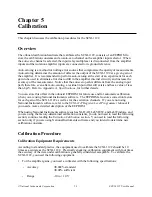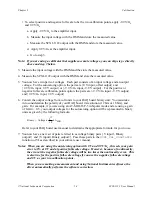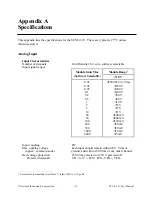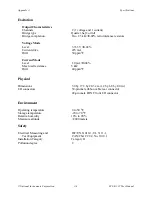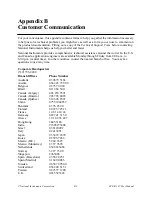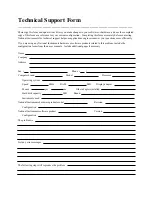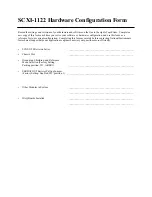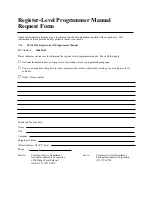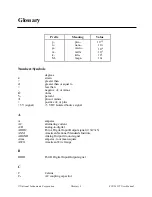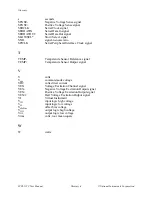
Calibration
Chapter 5
SCXI-1122 User Manual
5-2
© National Instruments Corporation
-
Resolution
8
1
/
2
digits
•
For the excitation channels, you need a voltmeter with the following specifications:
-
Accuracy
±
0.004% standard
±
0.16% sufficient
-
Range
0 to +5 V
-
Resolution
5
1
/
2
digits
•
You need an ammeter with the following specifications:
-
Accuracy
±
0.004% standard
±
0.16% sufficient
-
Range
1 mA
-
Resolution
6
1
/
2
digits
A multiranging 8
1
/
2
-digit digital multimeter can perform all of the necessary functions
previously described. In the rest of this section, the measuring instrument is referred to as a
digital multimeter (DMM).
To make sure that the DMM does not introduce an additional offset, you can determine the offset
errors of the DMM by shorting its leads together and reading the measured value. This value, the
DMM offset, must be subtracted from all subsequent measurements.
Gain and Offset Calibration
To determine the offset and gain calibration factors of the SCXI-1122 at a given gain, G
s
,
perform the following steps for a two-point calibration.
1. Set the SCXI-1122 to the desired gain.
2. Depending on how you want to calibrate your module, you can perform one of the following
procedures.
• Auto-zeroing selects one of the calibration points to be at 0 V input and you must provide
the other calibration point at positive or negative full scale:
a. Enable auto-zeroing.
b. Measure the SCXI-1122 output with the DMM and store the measured value for
future use.
c. Disable auto-zeroing.
d. Apply 9.9 V/G
s
or -9.9 V/G
s
to the amplifier input.
e. Go to step 3.

